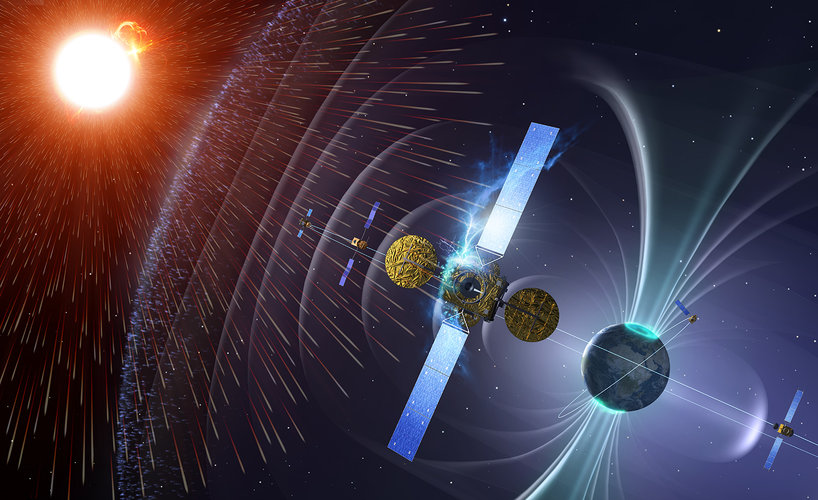
“For these gradual effects, the best solution is to build extra margins into the design, guided by the planned mission life, to maintain desired functionality,” adds Christian. “For Single Event Upsets it is not possible to design fully radiation-hardened components to entirely avoid the problem. Beside being heavy, and ineffective when it comes to fast, heavy Galactic Cosmic Rays, shielding around components could also give rise to showers of secondary particles that might actually do more damage.
“Nowadays, in a change of paradigm we seek to deal with this problem instead of sidestepping it. One strategy involves redundancy, where data is stored in multiple locations across an integrated circuit, so it cannot be entirely corrupted by an individual bit flip. Redundancy also means that differing memories can cross-check with each other and vote on the most likely result. Or when an overcurrent is detected, likely due to radiation, then current can be shut down to avoid a latch-up or other permanent damage.”
Trial by particle accelerator
The good news is that, in general, modern components are proving less susceptible to radiation effects. The job includes the practical radiation testing of components using particle accelerators and other radiation facilities more typically used for cancer treatment and other types of nuclear medicine.



